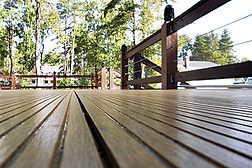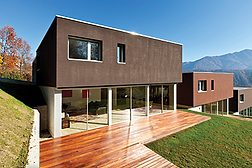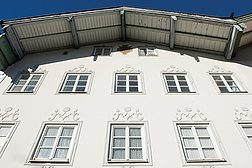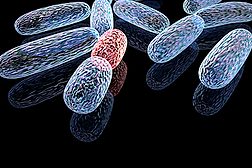Architectural Coatings
Pigment-Encapsulating Acrylic Binder
for More Sustainable and Durable Exterior Coatings
January 6, 2014
Optimizing Performance
in Low- and Zero-VOC Coatings
William Arendt
Bruce Berglund
Julie Vaughn Biege
Walter Bustynowicz
John Erbeck
Garret Gebhardt
Shamsi P. Gravel
Emily McBride
Thomas Penny
Jeffrey Tyrrell
Charles Zarnitz
October 1, 2013
Effect of a Novel Antimicrobial Latex Polymer Additive
On Scrub Resistance and Washability
Read More
Evaluating Styrene Acrylic Emulsion Films
Using Doehlert Factorial Design Combined with Principal Component Analysis
Read More
Keep the info flowing with our eNewsletters!
Get the latest industry updates tailored your way.
JOIN TODAY!Copyright ©2024. All Rights Reserved BNP Media.
Design, CMS, Hosting & Web Development :: ePublishing










